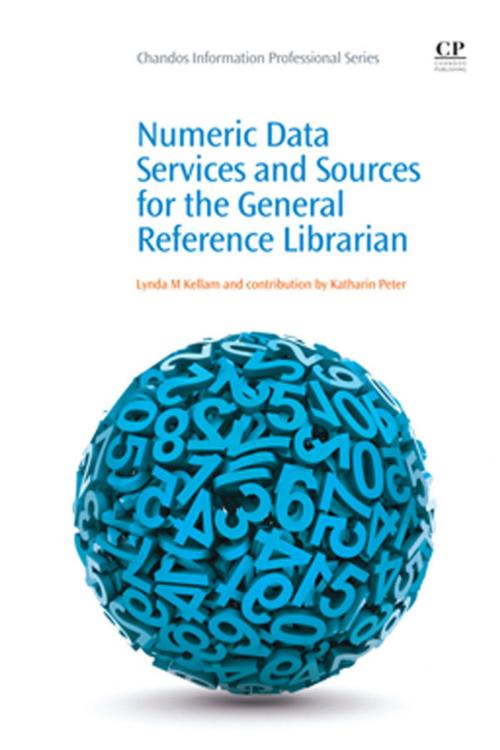Numeric Data Services and Sources for the General Reference Librarian
Nonfiction, Reference & Language, Language Arts, Library & Information Services, Computers, Internet, Reference| Author: | Lynda Kellam, Katharin Peter | ISBN: | 9781780632599 |
| Publisher: | Elsevier Science | Publication: | May 26, 2011 |
| Imprint: | Chandos Publishing | Language: | English |
| Author: | Lynda Kellam, Katharin Peter |
| ISBN: | 9781780632599 |
| Publisher: | Elsevier Science |
| Publication: | May 26, 2011 |
| Imprint: | Chandos Publishing |
| Language: | English |
The proliferation of online access to social science statistical and numeric data sources, such as the U.S. Census Bureau’s American Fact Finder, has lead to an increased interest in supporting these sources in academic libraries. Many large libraries have been able to devote staff to data services for years, and recently smaller academic libraries have recognized the need to provide numeric data services and support. This guidebook serves as a primer to developing and supporting social science statistical and numerical data sources in the academic library. It provides strategies for the establishment of data services and offers short descriptions of the essential sources of free and commercial social science statistical and numeric data. Finally, it discusses the future of numeric data services, including the integration of statistics and data into library instruction and the use of Web 2.0 tools to visualize data.
- Written for a general reference audience with little knowledge of data services and sources who would like to incorporate support into their general reference practice
- Combines information on establishing data services with an introduction to available statistical and numeric data sources
- Provides insight into the integration of statistics and data into library instruction and the social science research process
The proliferation of online access to social science statistical and numeric data sources, such as the U.S. Census Bureau’s American Fact Finder, has lead to an increased interest in supporting these sources in academic libraries. Many large libraries have been able to devote staff to data services for years, and recently smaller academic libraries have recognized the need to provide numeric data services and support. This guidebook serves as a primer to developing and supporting social science statistical and numerical data sources in the academic library. It provides strategies for the establishment of data services and offers short descriptions of the essential sources of free and commercial social science statistical and numeric data. Finally, it discusses the future of numeric data services, including the integration of statistics and data into library instruction and the use of Web 2.0 tools to visualize data.
- Written for a general reference audience with little knowledge of data services and sources who would like to incorporate support into their general reference practice
- Combines information on establishing data services with an introduction to available statistical and numeric data sources
- Provides insight into the integration of statistics and data into library instruction and the social science research process















